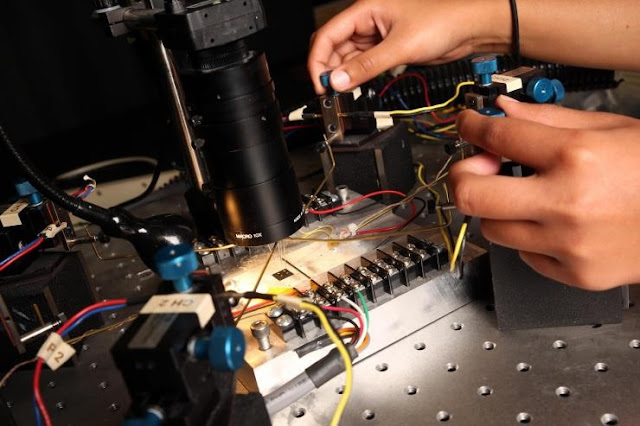YouTube TV: New App for Big Screen
In the next few days Youtube TV will come to Xbox One, a new television service with which Google has been trying for a few months to compete against others such as Netflix or Amazon Prime. At the moment the bet of Youtube TV had focused on mobile devices and the use of Chromecast, however now the service will expand to more platforms through their corresponding applications, such as smart TV or Xbox One.At the beginning of this year we echoed the arrival of YouTube TV, a bet of the internet giant for television programs. But for a bet for and for television to prosper, the logical thing is that it does not focus on mobile devices.
Finally, YouTube TV has presented an application for smart televisions, specifically for Android TV, with what you can use it in TV Boxes and televisions that have such a system. And within a few weeks you can enjoy it on more sites, such as Xbox One, Apple TV, Roku devices and Samsung, Sony and LG TVs.
The Youtube TV offer is focused on cable television channels such as ABC, CBS, Fox, NBC, AMC, ESPN, Disney Channel, Fox News or Bravo. To this must be added the inclusion of musical and sports events, or the possibility of accessing movies and television series. Its price is $ 35 per month, and allows access to up to 6 devices at a time. The negative note for now is that it seems that the service will not be available in some European companies, but hopefully it will arrive soon, as little by little other similar ones are doing, such as Netflix, HBO (from which we continue to wait for the Xbox application One, by the way) or Amazon Prime.
When you reboot the application you will go back to the place where you left it. In case you want to see new things, there is a menu with three categories: Home, library and "live" in three tabs within the new application.
The YouTube Home page focuses on five content shelves, customized for each user taking into account their playback history and the programs they have recorded to their DVR in the cloud. Regarding sporting events, YouTube TV allows the selection of certain teams, which will make sports events of your favorite colors prioritized.
In the YouTube Home tab we will also have recommendations on all the contents and summaries of those programs that we have begun to visualize but that for some reason we have not finished seeing them.
The YouTube"live" tab shows a traditional list of channels that are currently broadcasting and the content they offer. You can scroll to the right to see what will be broadcast next and record the programs you want.
The YouTube library tab will save those broadcasts that you have recorded as programs, movies, sports, etc. You can also search for films by specific actors, shows similar to those you usually attend, etc.
Finally, next to the launch of the YouTube TV application, its interface and some features will be renewed to offer an experience more akin to the new platforms for which it will be oriented. And the truth is that it seems a very complete platform in terms of multimedia content and features. It remains to be seen when the service is also available in our region and if its price can compete with others.
If you have never tried YouTube TV (I have not done it yet), the company offers seven free trial days.








